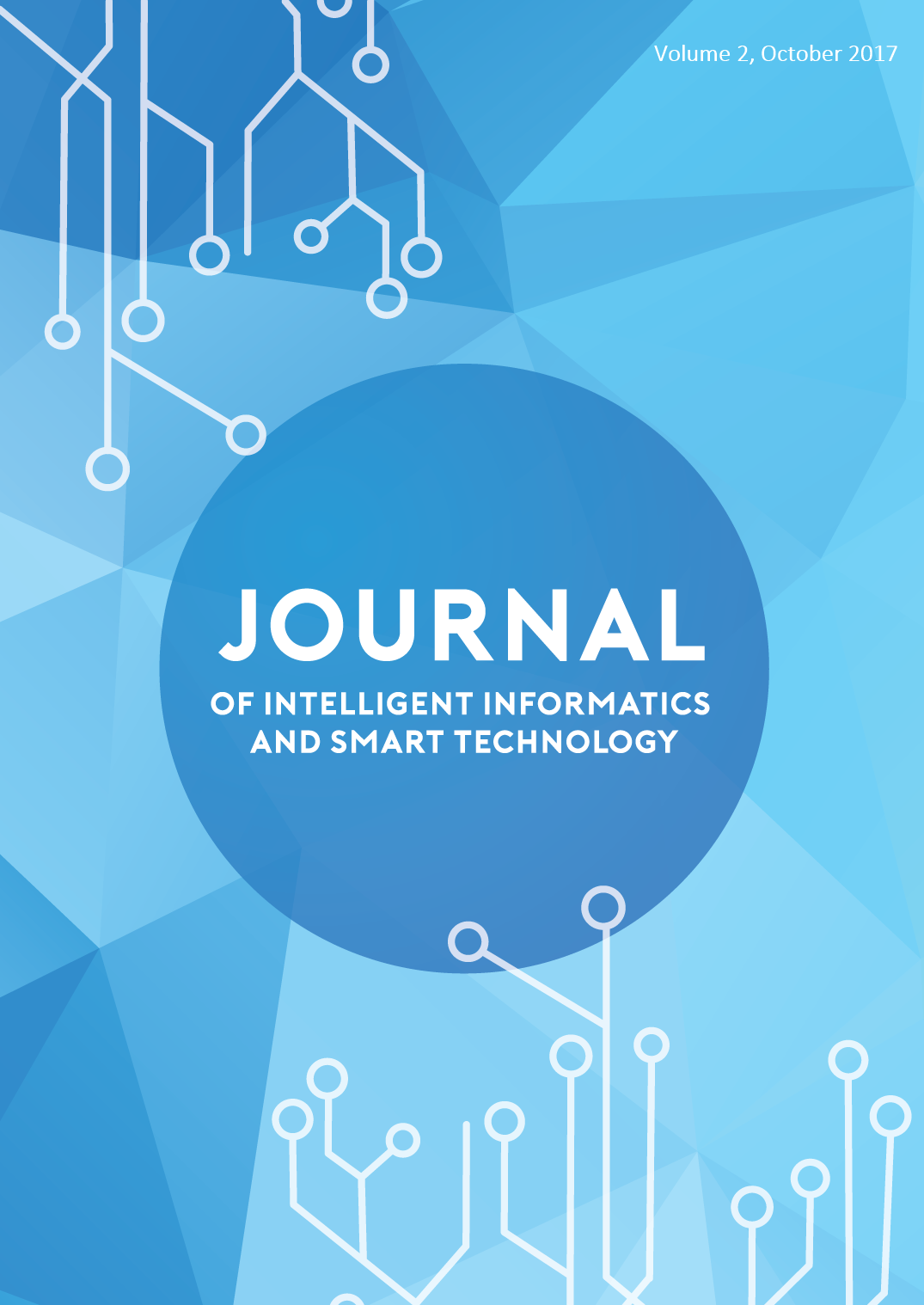Paradigm on Internet of AI-Centric (IoAIC) for Thailand Economics Growth Engine
DOI:
https://doi.org/10.14456/jiist.2017.8Keywords:
Thailand, Internet of AI-Centric, Economics Growth Engine, Physical Thing, Service, Data, IoAICAbstract
This paper presents an emerging paradigm on Internet of AI-Embedded for fostering Thailand economics growth engine. Since Thailand has long been trapped by middle income, inequality, and imbalance, the roadmap based on “Digital Economy” policy has recently been accelerated towards the 4th industry evolution so called “Thailand 4.0”. While digital technologies have been well developed and highly diversified in various fields, there is, however, no distinct paradigm on technology utilization has been suggested in order to potentially enable a success in digital economy policy under unique challenges in Thai contexts. This paper consequently recommends an emphasis on Internet of AI-Centric (IoAIC) involve three promising features, i.e. physical things, services, and data. Integration on such physical things, services, and data is presented as a straightforward ecosystem to be utilized for implementation of roadmap and strategies of Thailand 4.0. A primary survey companies in Bangkok Metropolitan Region in terms of the need of new IoAIC concepts for applying such to their companies is presented. This paper offers an emerging paradigm on social and economic impacts of Internet of AI-Centric in Thailand as a possibly potential economical country hub in South East Asia region.
References
Macroeconomic Strategy and Planning Office, “Thai Economic Performance in Q4 and 2016 and Outlook for 2017”, Office of the National Economic and Social Development Board, Rep. NESDB Economic Report, Feb. 2017.
Ministry of Industry, “A Report on Thailand Industrial Development Strategy 4.0”, 2016
Electronic Government Agency (Public Organization), “A Report on Master Plan for Digital Government for 2017-2022”, 2016.
National Intelligence Strategy (NIS). “The National Intelligence Strategy of the United States of America”, 2014
UK’s innovation agency, Technology Strategy Board “Innovate UK: Design in innovation strategy 2015 to 2019”, 2015.
Teiichi Atusya, Emiri Riho, and Yongyu Shao, "Mizuho China Monthly", Industry Research Division, Mizuho Bank Ltd., 2015
Ted Tan, “Singapore’s Smart Nation Initiative”, 23rd Small and Medium Enterprises Ministerial Meeting Lima, Peru, 9 September 2016.
Economic Co-operation and Development (OECD) of Korea, “Policy priorities fora dynamic, inclusiveand creative economy”, October, 2015.
Nippon Keidanren, Japan Business Federation “JAPAN 2025: Envisioning, Attractive Nation in the Twenty-First Century ”, 2013.
The Board of Investment of Thailand, “Thailand 4.0 means Opportunity Thailand”, J. Thailand Investment Review, Vol.27, pp. 3-6 , 2017.
Mongkol Techakumphu, “Run for Thailand 4.0”, Research University Network, J. Run for University Network, Vol. 5, pp. 6, 2016.
Partha Pratim Ray, “A survey on Internet of Things architectures”, J. Journal of King Saud University - Computer and Information Sciences, pp. 7, 2016
M. León-Coca, D.G. Reinaa, S.L. Toral, F. Barrero, N. Bessis, “Authentication Systems Using ID Cards over NFC Links: The Spanish Experience Using DNIe”, Procedia Computer Science , vol. 21 , no. 1, pp.91 – 98, 2013.
O. Vazquez-Mena, L. Gross, S. Xie, L.G. Villanueva, J. Brugger, “Resistless nanofabrication by stencil lithography: A review”, Microelectronic Engineering , Vol. 132 , no. 1, pp.236 – 254, 2014.
Angela Rodriguez, Armando Ordóñez, Hugo Ordoñez, Rocio Segovia, “Adapting NSGA-II for Hierarchical Sensor Networks in the IoT”, Procedia Computer Science , vol. 61, no. 1, pp.355 – 360, 2015.
J. Holler, V. Tsiatsis, C. Mulligan, Stefan Avesand, Stamatis Karnouskos and David Boyle, “From Machine-to-Machine to the Internet of Things”, Elsevier , Vol. 1, 2015.
Valentin Cristea, Ciprian Dobre , and Florin Pop, “Context-Aware Environments for the Internet of Things”, Internet of Things and Inter-cooperative Computational Technologies for Collective Intelligence, vol. 460, pp. 25-49, 2013.
Jayavardhana Gubbia, Rajkumar Buyya, Slaven Marusica, Marimuthu Palaniswamia, “Internet of Things (IoT): A vision, architectural elements, and future directions”, Future Generation Computer Systems, vol.29, Issue 7, pp. 1645–1660, 2013.




